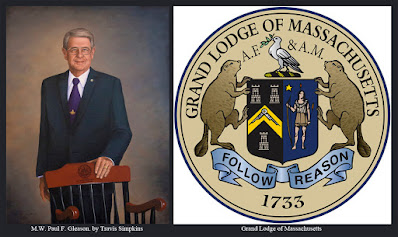 |
| Ancient Egyptian Priest. The Boston Green Head. Museum of Fine Arts, Boston. by Travis Simpkins |
Sketch of an
Ancient Egyptian
Head of a Priest
The Boston Green Head
380 - 332 BC
Excavated at Saqqara, 1850's
Collection of the
Museum of Fine Arts, Boston
by Travis Simpkins
MFA, Boston: Funerary Spells- An Ancient Egyptian Coffin
For more info, please visit:







